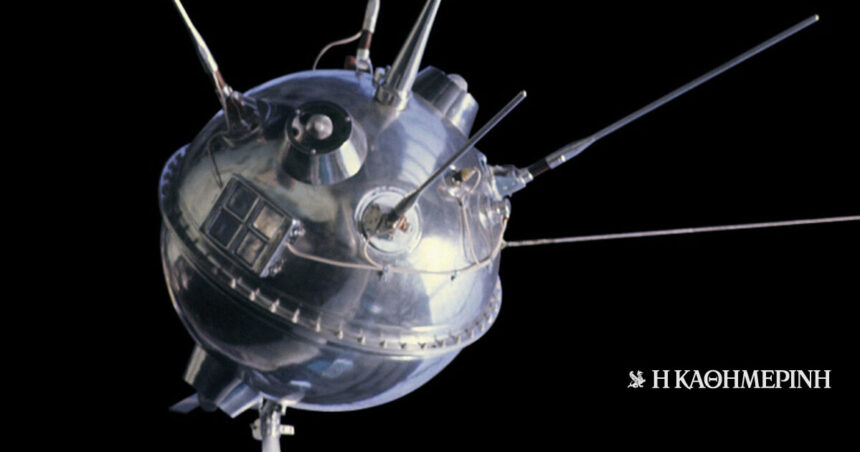Luna 1 was the first of a series of Soviet spaceships which were successfully launched in the direction of the Earth’s satellite, the Moon and even managed to get close to him. The spacecraft in question had the shape of a sphere, from the surface of which protruded ports of various instruments. At the same time, five antennas projected from the sphere which served to communicate with the scientists and to monitor its course. Luna 1 was powered by mercury oxide batteries and silver-zinc accumulators.
The aim of the mission was to measure the temperature and pressure, study the gaseous components of the interplanetary matter as well as the particle radiation of the Sun. In addition, the Soviets they sought to investigate the magnetic field of the Earth and the Moon, meteorites in space, and cosmic radiation.
On January 2, 1959, Luna 1, with a total weight of 360 kg, after gaining the required speed, separated from the third and final section of the rocket with which it was launched from the Baikonur Cosmodrome. The next day and while it had reached a distance of 113,000 kilometers from Earth, Luna 1 released a large cloud of sodium gas of bright orange color with the brightness of a 6th magnitude star, comparable to the faintest star that can be perceived by the human eye with the naked eye. The trail of this gas was visible over the Indian Ocean, which allowed astronomers to track the trajectory of the spacecraft.
The next day, January 4, after 34 hours of flight, Luna 1 came within about 6,000 kilometers of the Moon’s surfacemoving between the orbits of Earth and Mars.
The spacecraft carried a total of five different sets of scientific instruments for the study of interplanetary space, including a magnetometer, a geiger counter, a scintillation detector, and a micrometeorite detector.
Many believed at the time that because the spacecraft did not carry a lander, it was launched by the Soviet Union with the goal of hitting the Moon.
Measurements taken during the mission provided new data on Earth’s Van Allen belts (consisting of highly charged particles trapped by Earth’s magnetic field), which had been discovered just a year before the belt was discovered radiation of the Earth.
They also provided data more broadly about space, such as the discovery that the Moon had no magnetic field and that a solar wind – a powerful stream of electrically charged particles coming from the Sun – was blown through interplanetary space.
For the record, it’s worth noting that many believed at the time that because this particular spacecraft did not carry a lander, it was launched by the Soviet Union with the goal of hitting the Moon.
But such a thing had little to do with reality, even though it was the era of the Cold War and the USA and the USSR were trying to emerge as protagonists in the space field.
Column editor: Myrto Katsigera, Vassilis Minakakis, Antigoni-Despina Poimenidou, Athanasios Syroplakis




